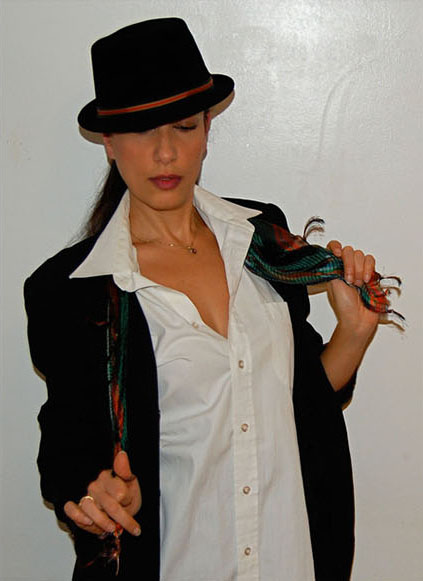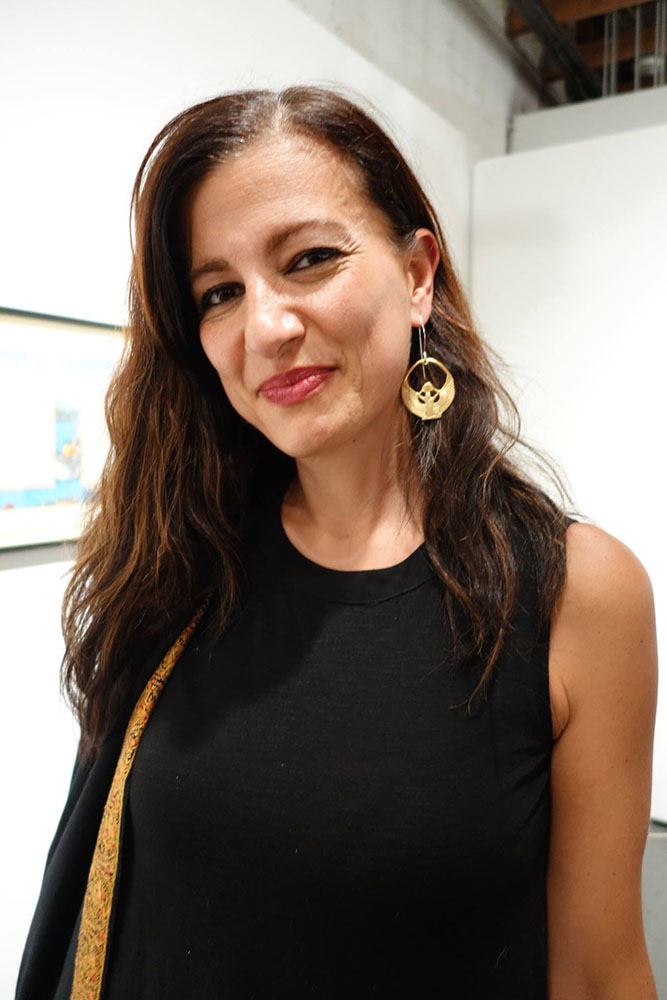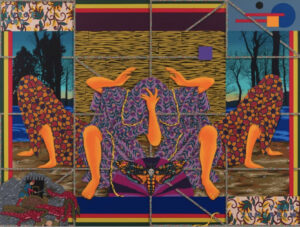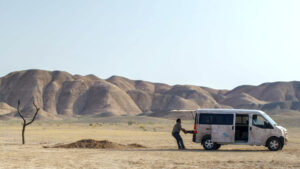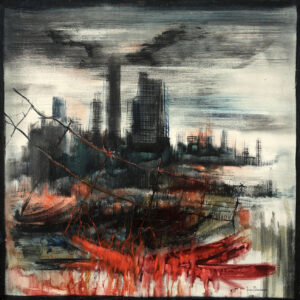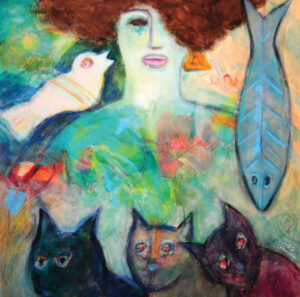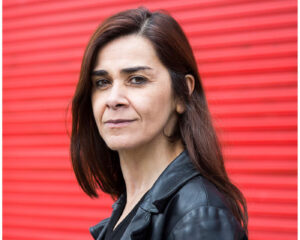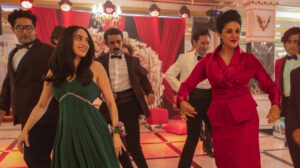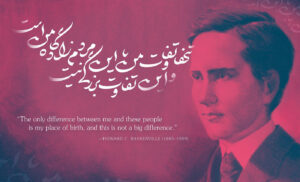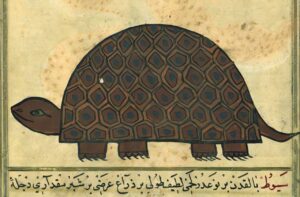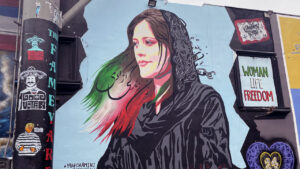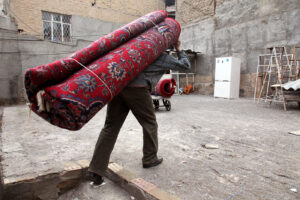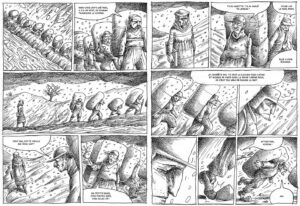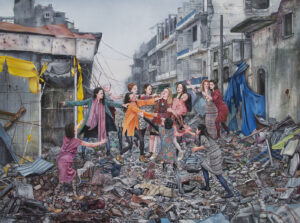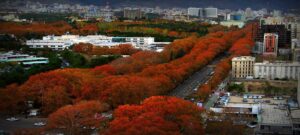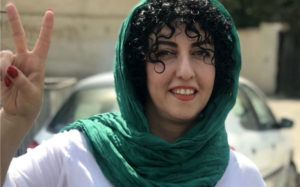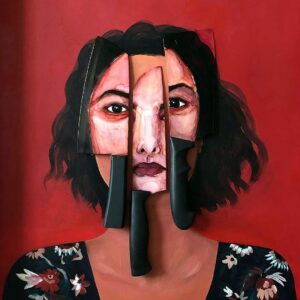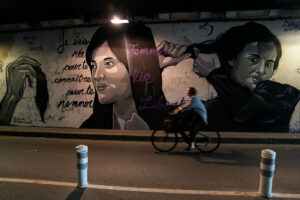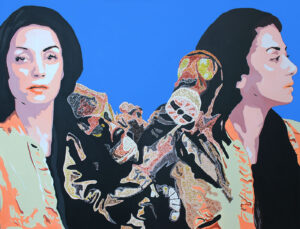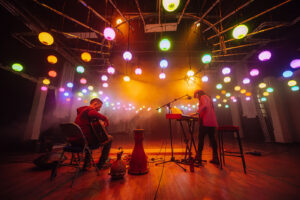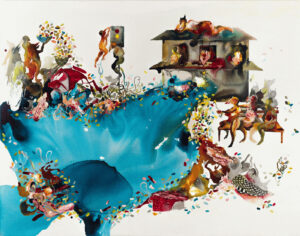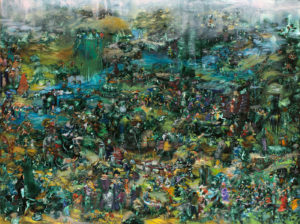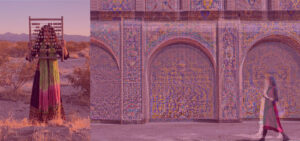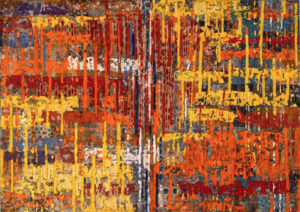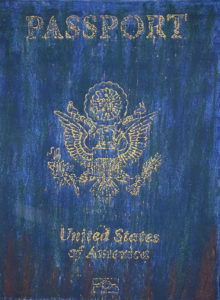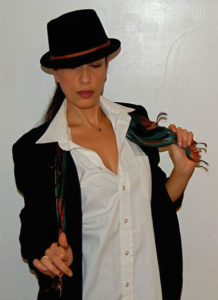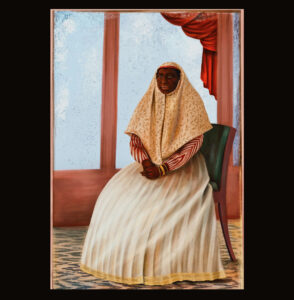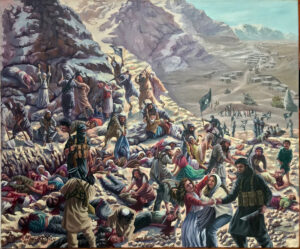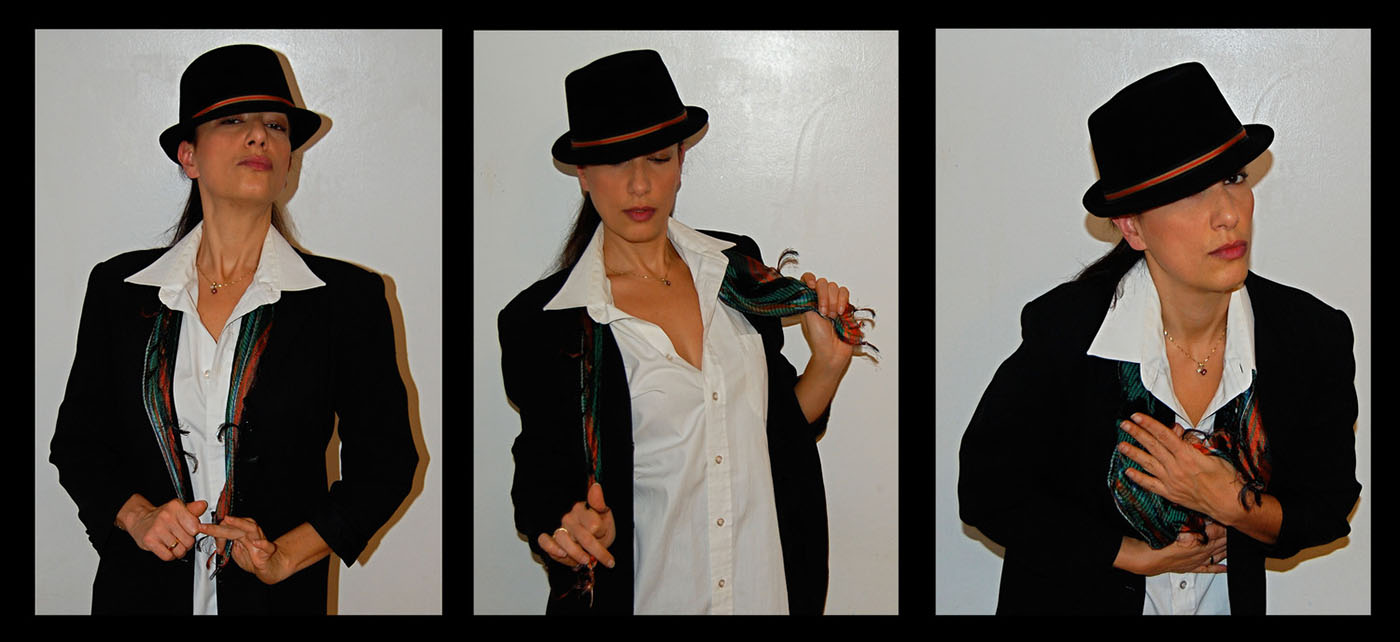
Amitis Motevalli
In Baba Karam Lessons, a performance series inspired by the lineage of Adrian Piper’s Funk Lessons, I teach audiences how to do a popular Iranian party dance caricaturing working-class street toughs from the south side “slums” of Tehran; the dance, typically by women in suits and hats, is complexly layered within Iranian culture in the way that it questions class, gender and sexuality. The dance is a caricature of something danced by street tough men called “jahel.” Throughout the years, the dance has often been performed by women, in drag to fit the image of the jahel. The dance is complex and layered resisting gender and class constrictions.
I have presented Baba Karam Lessons in various settings since their inception, in a Santa Monica gallery in 2011, where the installation for the dance included all of the costume items and two mirrors with directions for the dance written on them to teach a largely American audience the dance. Later in 2016 came a planned dance performance at Discostan, a SWANA club night at a local bar in Cypress Park that draws both a SWANA diasporic and general art audience, which included a group of five artists of various cultures and gender-identities in full costume to whom I taught the dance, engaging a party audience teaching and activating all people in dancing Baba Karam. In 2018, I presented Baba Karam Lessons at the Hammer Museum as the character of Amir Khoshgele for an invited public program for the Adrian Piper: Concepts and Intuitions exhibition. The performance started outside as I walked and interacted with people in the street (many of whom were well familiar with Baba Karam) in full character on Westwood Boulevard in Tehrangeles and led them to the performance and lesson inside the museum.
Q: Could you muse a little on how you think partially growing up in and spending a good part of your life in Los Angeles has informed your artistic work?
My experiences on the east and south side of LA and the aural and visual culture had as much of an impact on my aesthetic and artistic strategies as my early childhood in Iran. I’m very grateful for the access I had to cultural expression and community among working class Black and Brown people in LA…My experience as a working-class transnational migrant is the foundation of my art.
Q: How do you feel the presence of so many Iranians in southern California changes the landscape, or somehow makes greater Los Angeles different from what it might have been otherwise?
I’m finally accessing the Iranian community in Southern California to a certain degree. Growing up and probably throughout my adulthood, it has felt to me like the Iranian community had a strong class infrastructure that was invisible but impactful. I did not feel embraced by my own people. Now, I love to be where I can easily go to an Iranian supermarket, hear Farsi or go to events, even if I’m somewhat an interloper. I feel like the Iranian community is becoming more diverse and moving beyond the need to assimilate into white upper class suburban life. Iranians are contributing to the greater landscape, however, we still have internal issues of class that need to be addressed and an unconscious bias to be deconstructed.
Q: Do you ever wonder how you might have turned out had you remained in Tehran after the revolution?
I do wonder a bit… but I lean into the life that I walked into. I want to think about the best ways to overcome my real life obstacles and embrace all of the privileges I have at hand while always staying in touch with my people in Iran and other places of diaspora.



